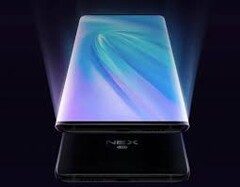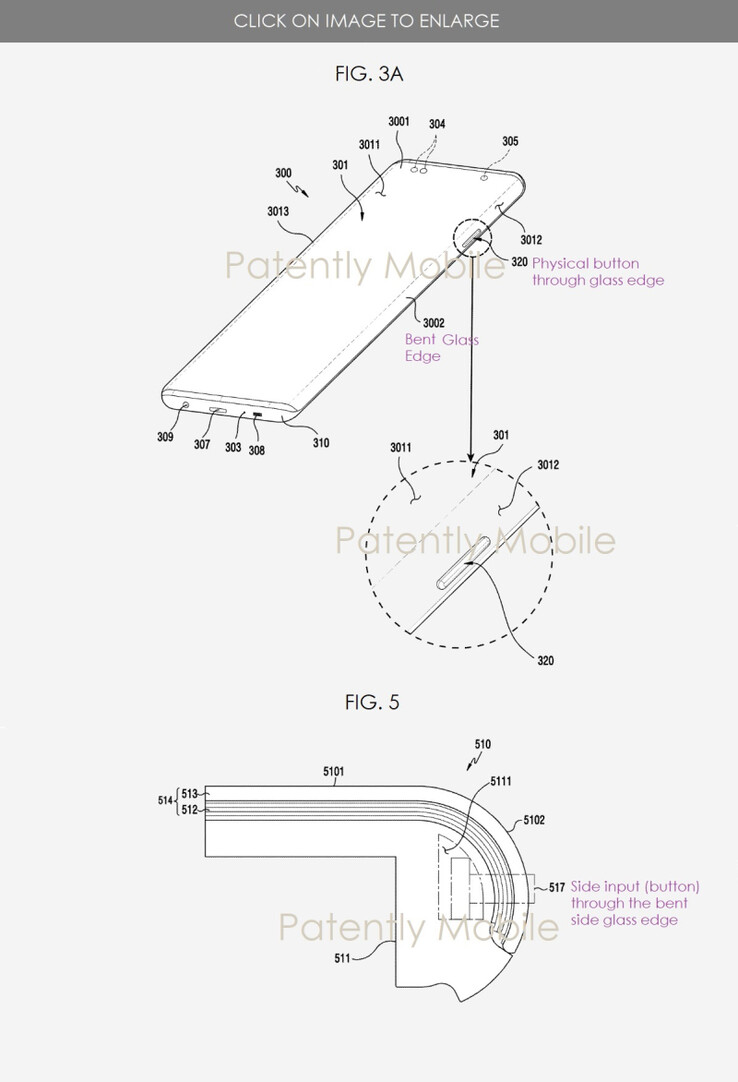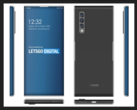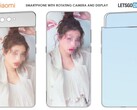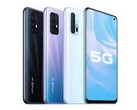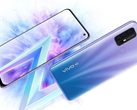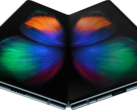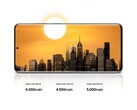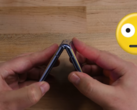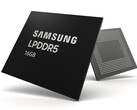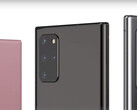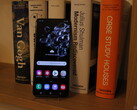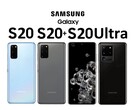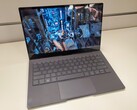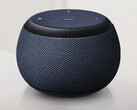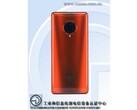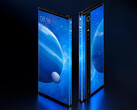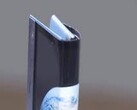Waterfall or wrap-around displays are an emerging trend in smartphone design that shows off the ability to use a flexible panel without going to a foldable place. However, they have sometimes put reviewers off due to their lack of traditional hardware buttons. A new Samsung patent may show how it can combine the two in the same device.
This document outlines the technology necessary to bend a display panel around a frame and incorporate a "punch-hole" on its side at the same time. This aperture can then accomodate something like a power button as normal. Therefore, this IP may solve the problem of consumer demand for less and less bezel interfering with the need to control the resulting device as normal.
On the other hand, Huawei has demonstrated that side buttons can be replaced with virtual analogs in some cases - yet it retained a physical power button in its waterfall-display-equipped Mate 30 Pro (which is practically on the device's rear panel).
Therefore, it seems Samsung has developed its new technology as a compromise. This patent was filed in 2018, but has only been granted in February 2020. Therefore, it may not be a likely new feature for the Galaxy Note 20 series - which, as its latest speculative renders suggest, is destined for some pretty impressive displays.
This may be a shame, as the OEM also references non-button uses for the same innovation. They may include clinical-grade health monitors, fingerprint readers (which may also suit a foldable device) or even an on-device IoT controller.
Source(s)
USPTO via PatentlyMobile




